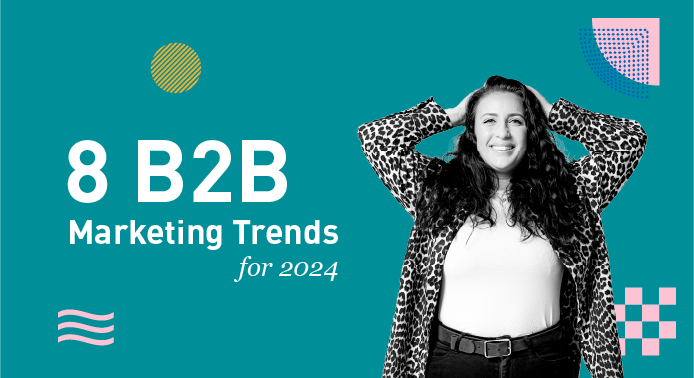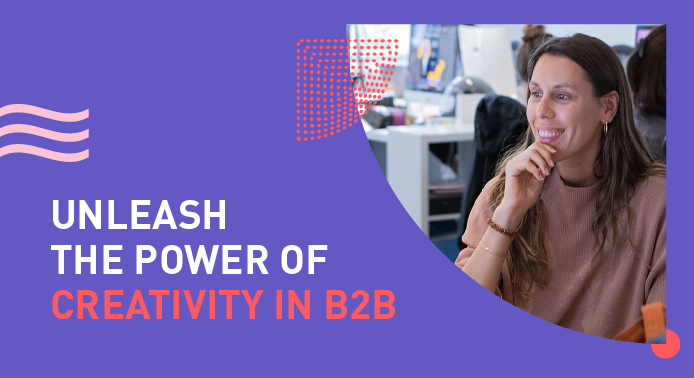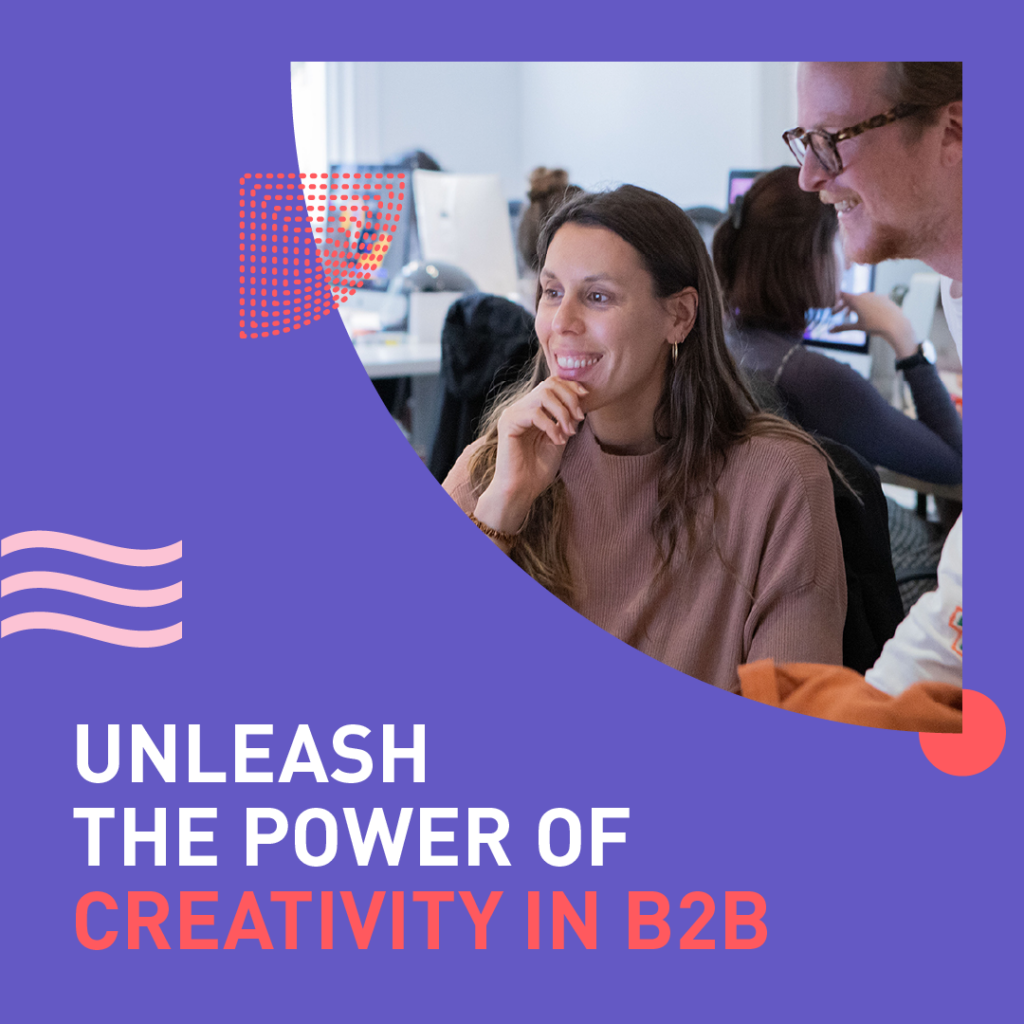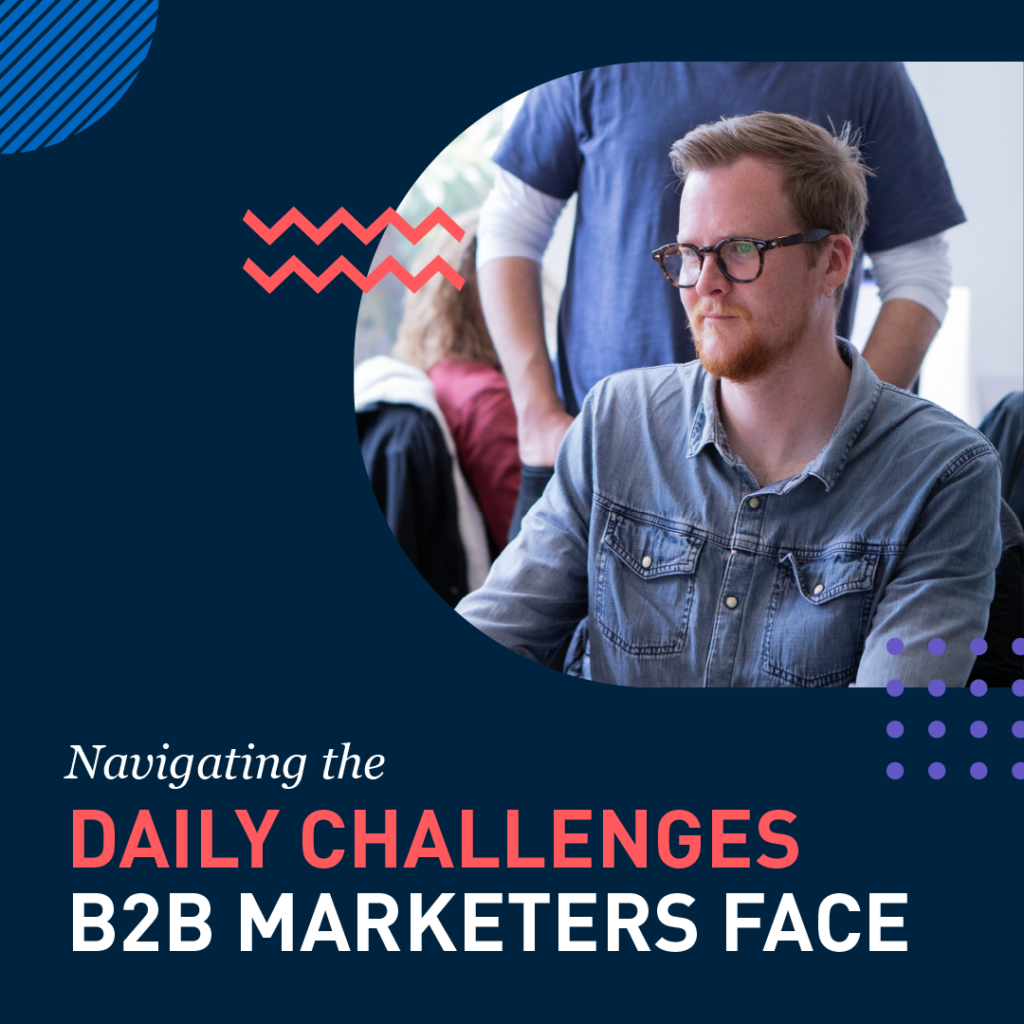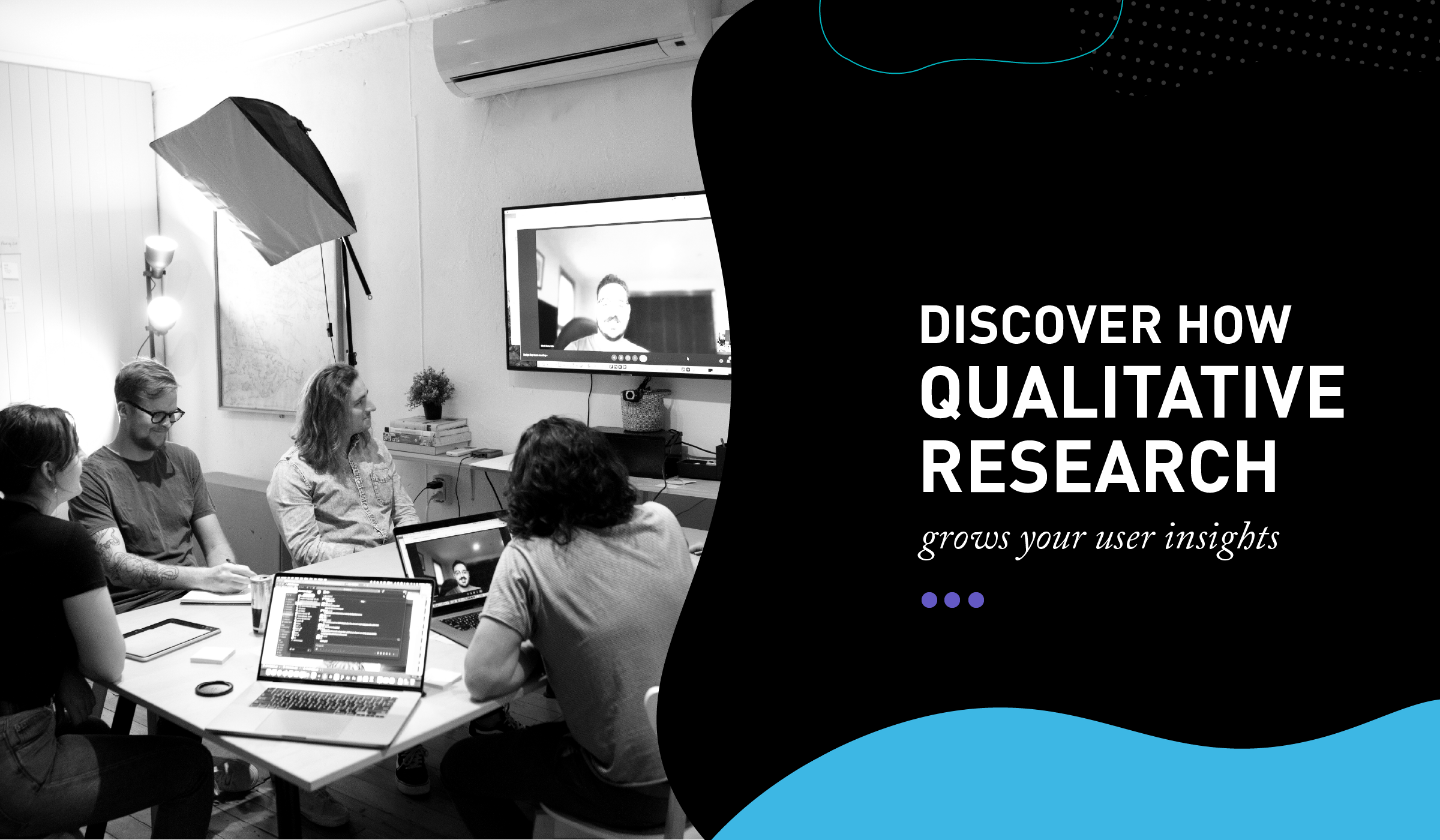
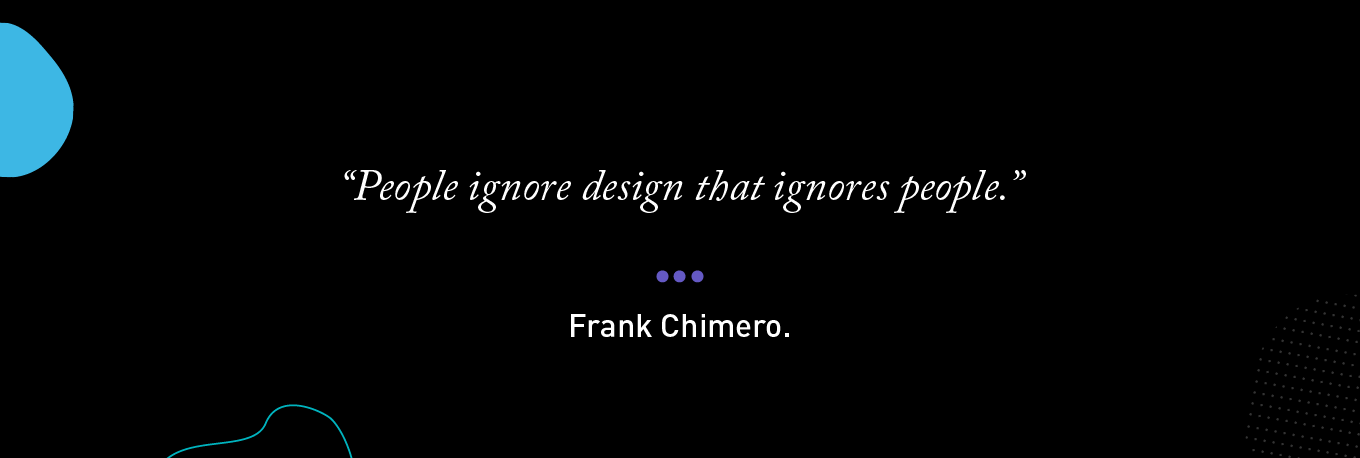
Qualitative research improves your work by putting your design in context. Remember having to bang the top of the glass Heinz bottle to get out the last remnants of tomato sauce? Or emptying out vacuum bags? We take it for granted these days that products have been updated to suit our needs. We can even get up from the computer without tripping over our corded headphones (well that one actually has come back as Gen Z go vintage…anyone else feel old?).
In-depth research exposes hidden truths about users, and their behavioural patterns which designers might not anticipate. That’s why we’re talking in this blog about the value of qualitative research to any content marketer and designer. You don’t need to have the budget of a transnational corporation to reach meaningful insights, and deliver campaigns or design products which will be loved by your user. Read on to find out when you should use qualitative research, and methods you should know.

The best way to define qualitative research is any investigation which doesn’t involve numbers. It’s more subjective, and aimed at understanding the nuances of human behaviour. When you invest more time in getting to know humans, it costs more resources, but is worth it in terms of encouraging original findings. The key is to understand people’s behaviour from their point of view, from the perspective of the subject. Throw away your assumptions for now and get inquisitive. Some ways which have been proven to work include one-on-one interviews, focus groups, and usability testing. Of course, don’t throw numerical research out the window. We recommend using a multi-pronged approach so you can harness rich data and insights.

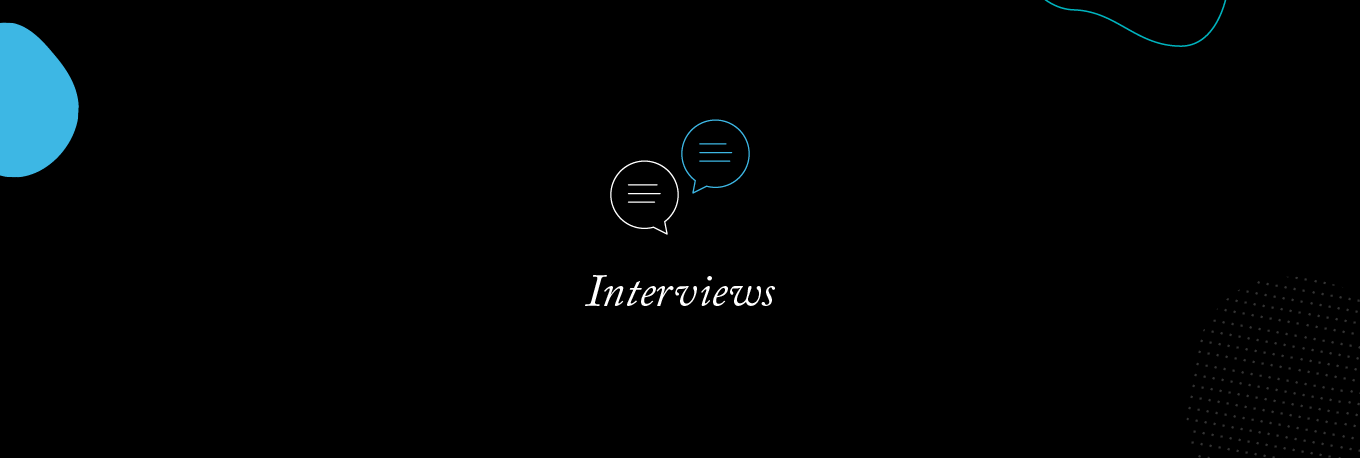
Interviews
The most common tool used in qualitative research is one-on-one interviews with your subject. That way, you’ll get an idea of what your users think from their first-hand experience. It can be a time-consuming method so capitalise on your time and decide if you want to conduct them in-person or remote. Identifying your research questions is half the work, so make sure you and your team prepare them ahead of time. Of course, it’s always good to leave room for extra question ideas which may come up during the interview session, but a plan ensures you don’t leave out any important themes you want to explore.
The challenge can be – as Ogilvy noted, people don’t always tell the truth when you ask them about their opinions and behaviours. What people say is not always what they do. One way around this is to observe your subjects in their real-life context in what we call field research. You can also request diary studies. Sometimes, people get camera-shy, and asking them to note their feelings and thoughts in writing can be a useful tool.
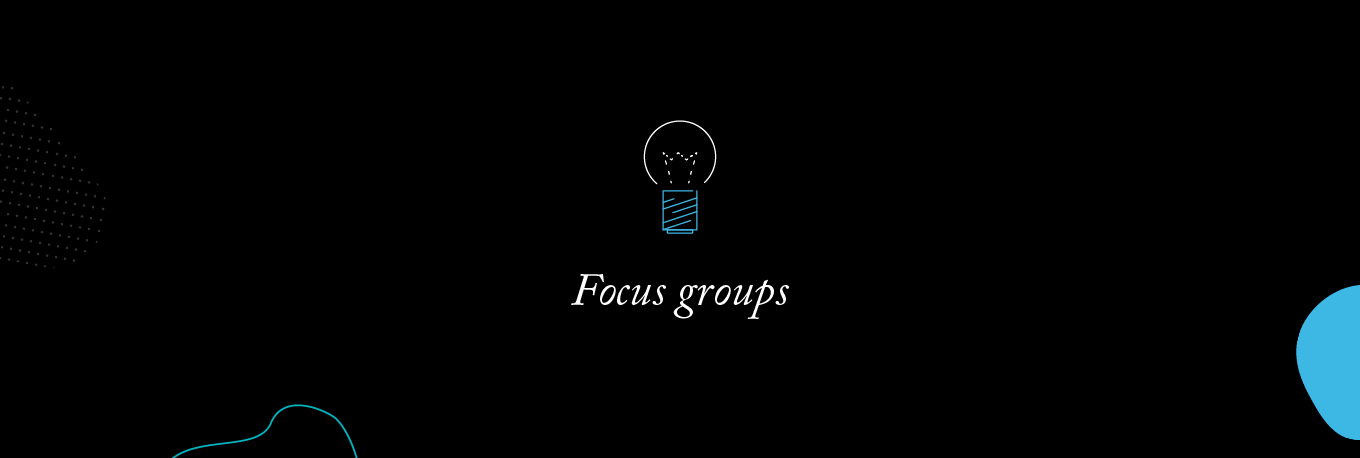
Focus groups
People don’t live in a vacuum, so if you’re after a broader view of how users see your product or campaign, focus groups can be ideal. Often, they involve about six to nine people discussing set themes and are led by a moderator so as to stay on track. You can decide if you want to take a structured route, or let users lead the way with a semi-structured approach. This way, you can garner information about user attitudes and how group attitudes on what you have created.
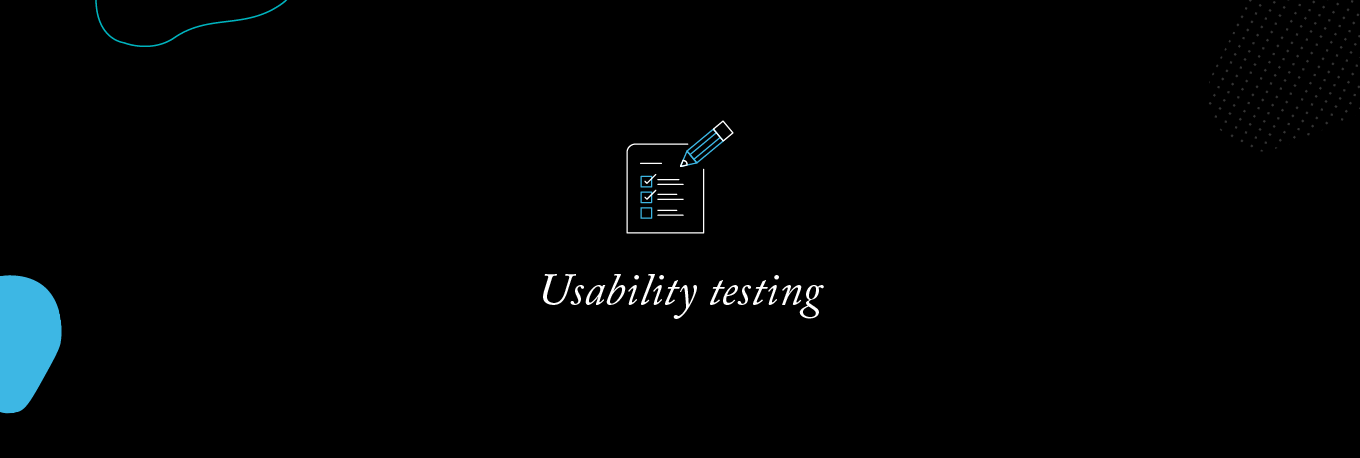
Usability testing
Asking your users to interact with your creation provides information explaining what we already know and what are the gaps in existing research. How will your research fill those gaps? The ideal situation is uncovering new insights in the process. You don’t want to just carry out user research to prove a point. Similarly, you want to stay curious and be open to hear from your users, not just create goals which reinforce a perspective or justify a design decision, or content strategy. Walk through the user journey with them and find out the gaps before you release to market. You’re looking to unearth what they really want and how they really act, not whether the designer or stakeholder are correct in their opinions. This part of the process can be really rewarding and enjoyable – feeding the natural curiosity of the creative team!
Of course it’s important to explore the limitations of your study and potential for future research too. It will really depend on the details of your project to determine which out of the three options we’ve discussed in this blog are the best for your qualitative research methods. The multi-pronged approach ensures that you don’t miss out on any insights, be they from an individual reflecting on their behaviour, or tweaks which are made after thorough user testing. A combination of methods is ideal in harnessing meaningful understanding about your users.
In the end, quantitative research is important in validating your findings, and qualitative research brings a real, human side to your work. It’s important to create products – or generate campaigns – which really make an impact in people’s lives. In fact, the most successful are those which can draw upon real data and insights to make content shine. Talk to us about how you can involve these user research methods in your work. We work with a/b testing, interviews, data-driven design and other methods to make things humans love. We’d love to stay in touch!
Antigone Anagnostellis works at Bluemelon Design, which is proud to be a Linkedin Partner creative agency with a number of countries around the world. You can join the Blummie community here.

